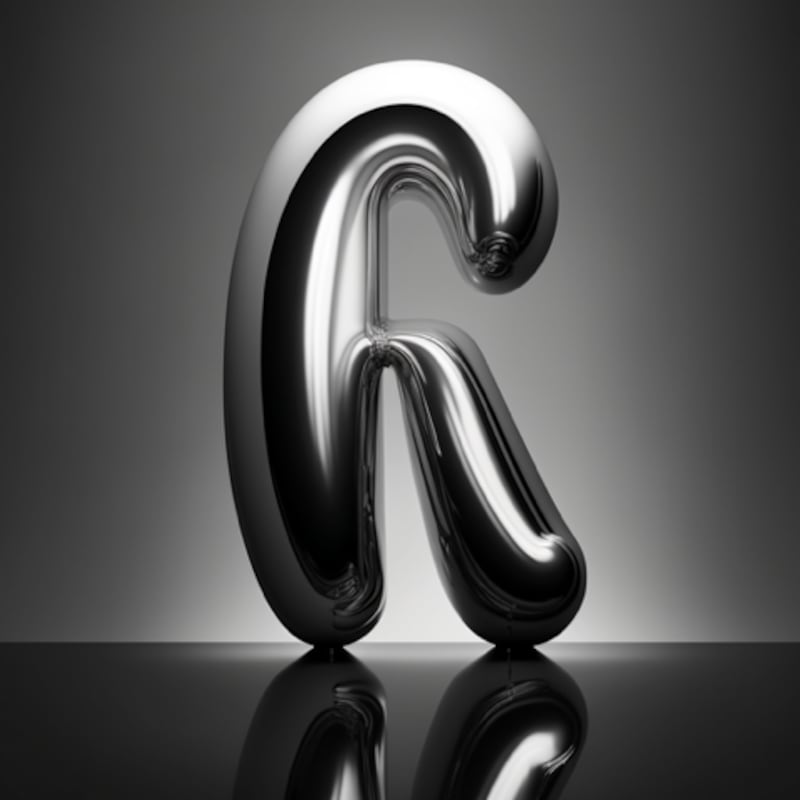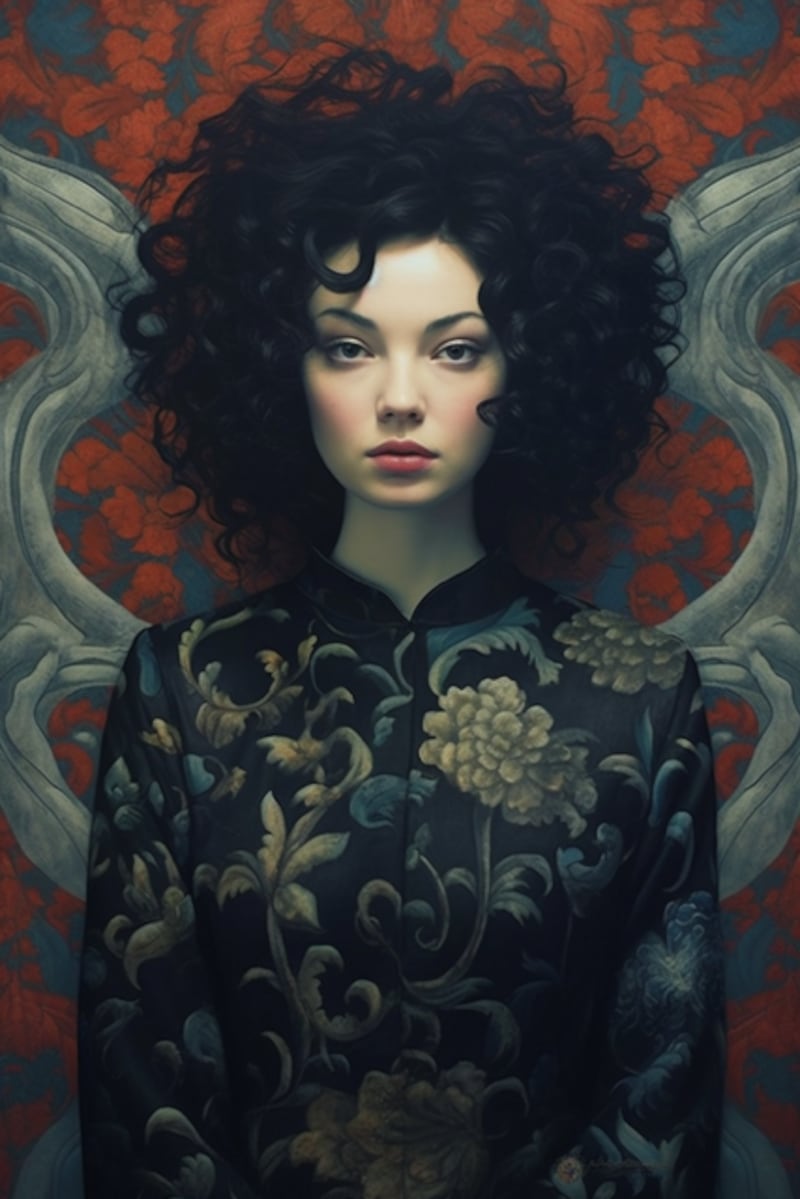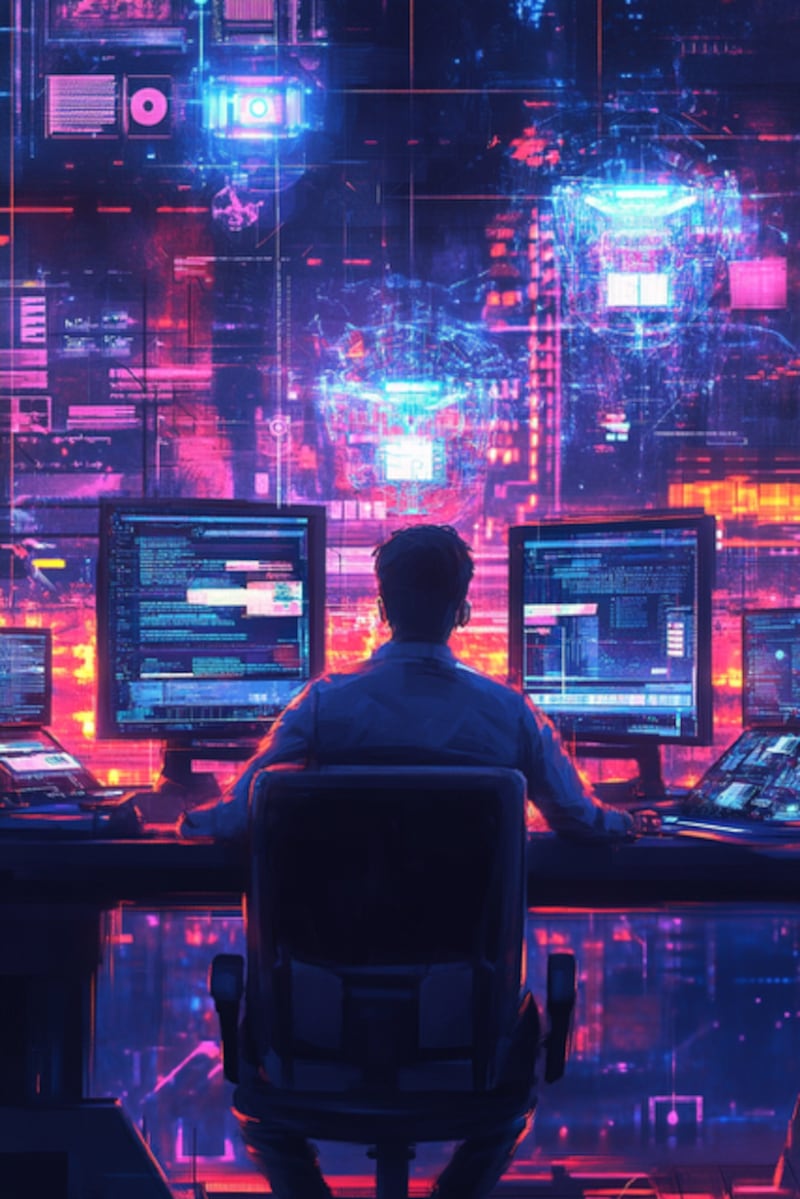This story appears in the October issue of Utah Business. Subscribe.
AI is everywhere and is already woven into our daily lives. Whether you’re a fan or a skeptic, it’s here to stay — and similar to the shift from typewriters to word processors or from film photography to digital photography, it’s changing how we work. While this transformation can be daunting, it’s essential to view AI as a tool that empowers your creativity rather than replaces it.
How AI can enhance creative work
- Define: AI tools streamline research, helping creatives quickly understand brand values and market positions.
- Create: AI aids in developing visual and verbal identities, enabling rapid visualization and idea generation.
- Activate: AI can customize content for marketing campaigns and social media, boosting engagement and effectiveness.
AI requires guidance to be effective. Once you understand how to guide it, the possibilities will amaze you. All good creative work needs direction to keep the brand consistent and accurate. Most creatives have experience being directed or directing others — from your first job, where you’re guided by a creative director, to later directing a photographer on a shoot or guiding other designers. The primary role of an art director and creative director is to steer the strategy and maintain the creative vision.




Getting started with AI
1. Identify your needs. Understand what you want to achieve. Is it content creation, visual design or customer engagement?
2. Choose the right tools. Pick AI tools that fit your needs, such as ChatGPT for research and writing, MidJourney for visuals, and Obello to manage your brand.
3. Start small. Begin with one task, like enhancing images, to familiarize yourself with the tool without feeling overwhelmed.
4. Learn and experiment. Use tutorials to master the tools and don’t hesitate to try different approaches.
5. Find an AI friend. Get someone who can teach you their tricks.
6. Integrate gradually. Slowly add AI to your workflows. Expand its use as you get more comfortable.
7. Understand how AI learns. Be clear and detailed for better results. If things go off track, try again; achieving amazing results takes time.
8. Tap into your knowledge base. Use your knowledge of people, culture, art, design and history. Be specific in your prompts.
AI offers exciting opportunities for creativity and efficiency, but the human element is important — and even ChatGPT agrees. When I asked it for help writing this article, it presented this quote: “In a world driven by data, the role of creativity is more important than ever. AI can help us find insights, but it’s the human touch that gives meaning to our work.”



